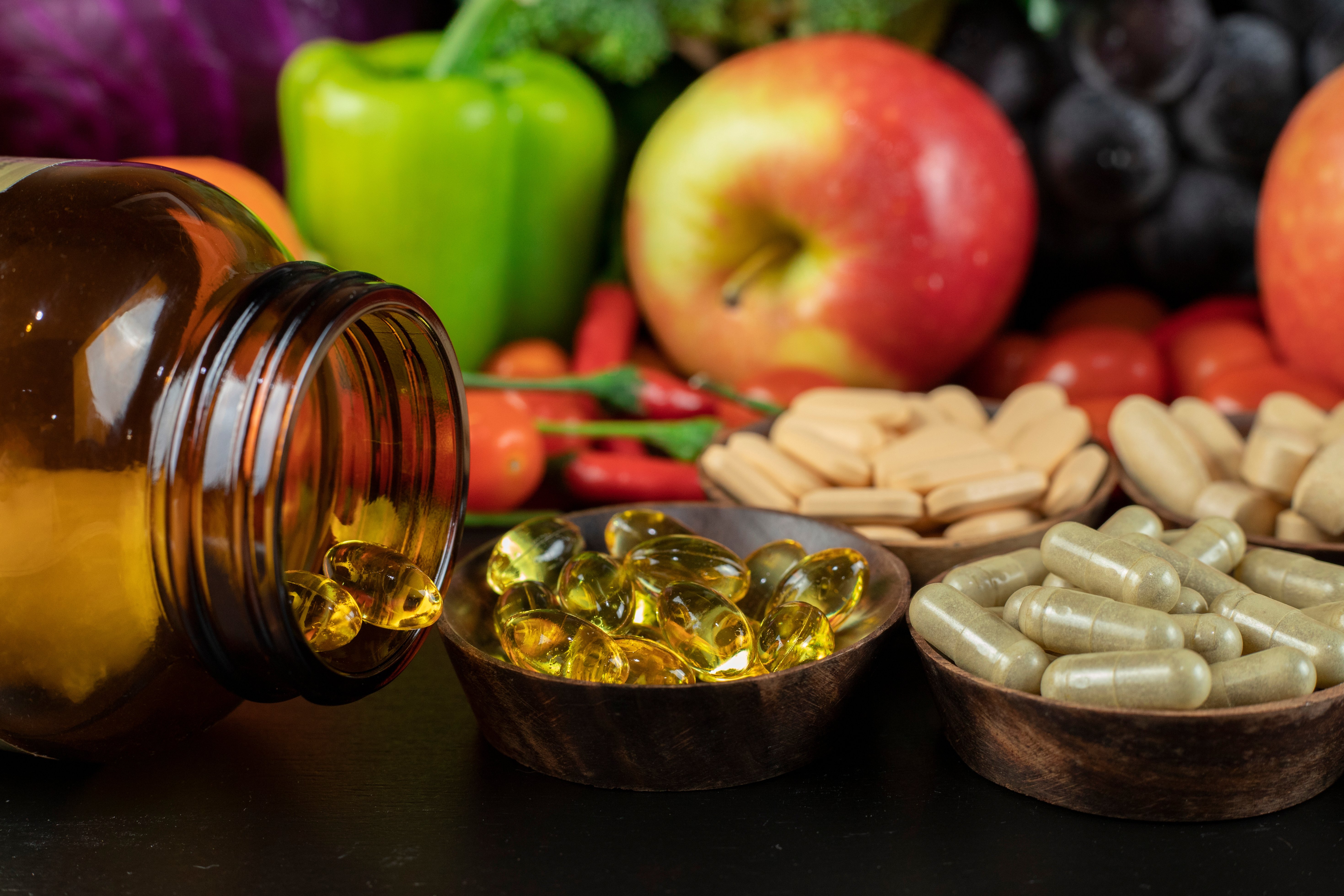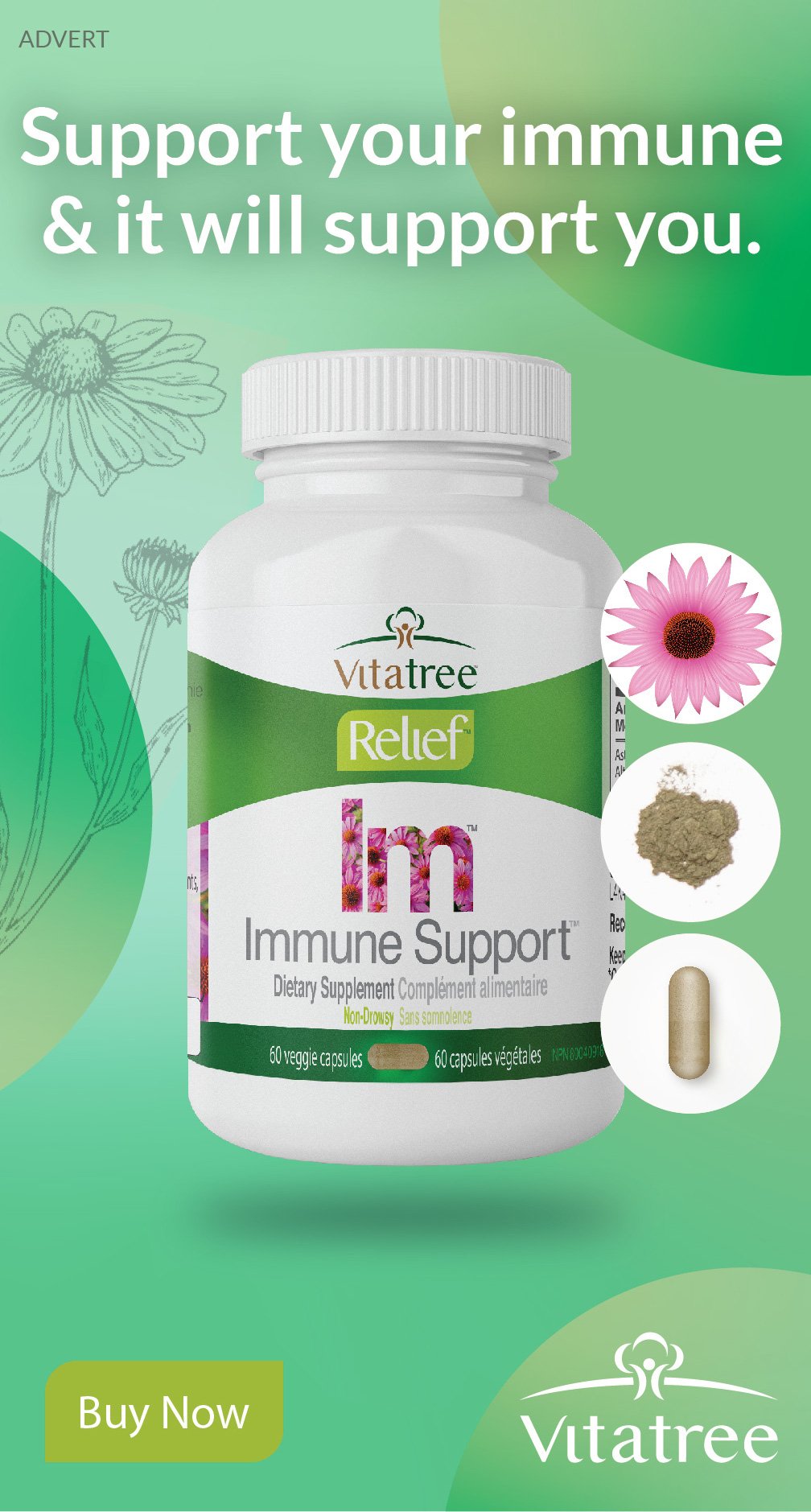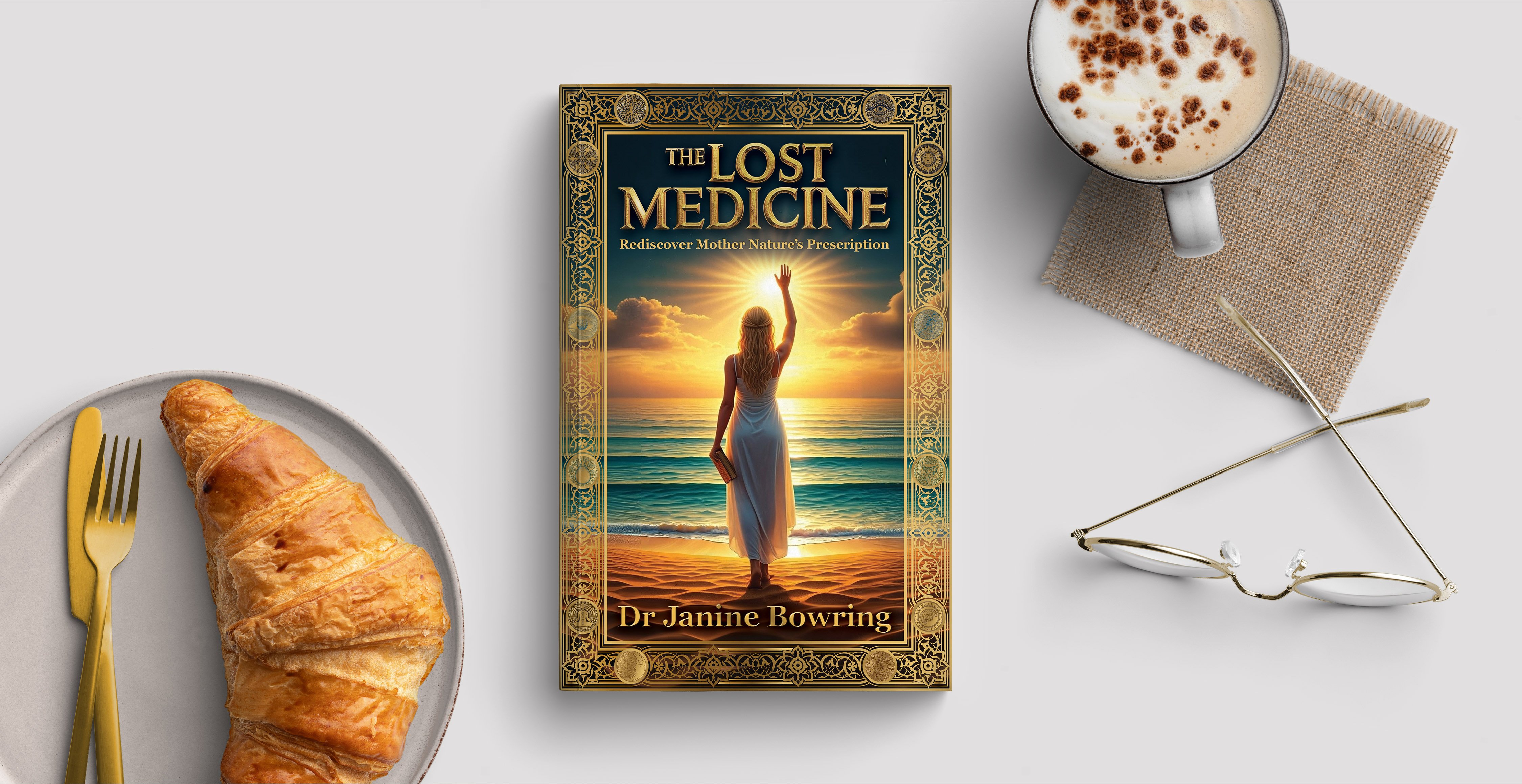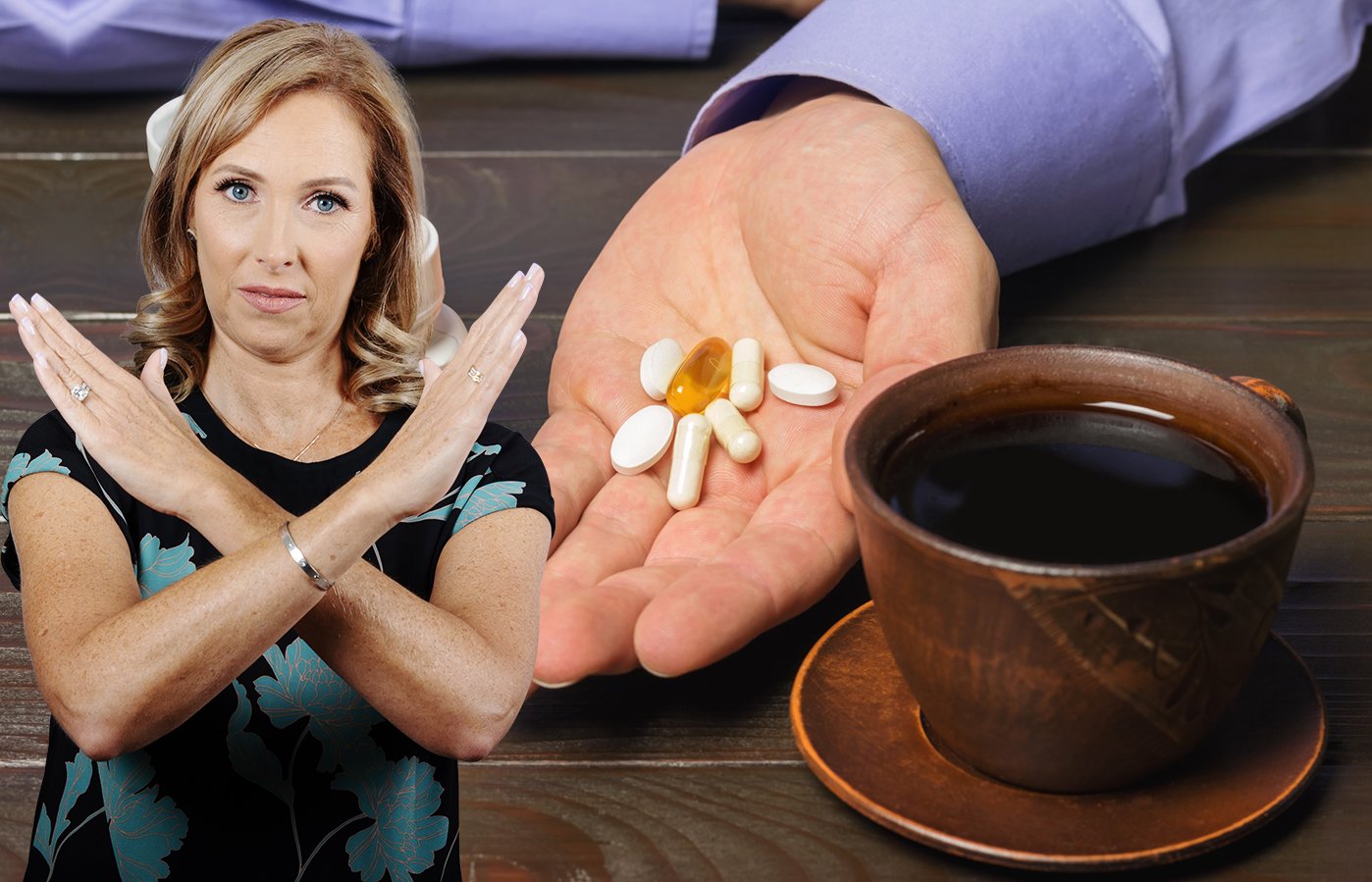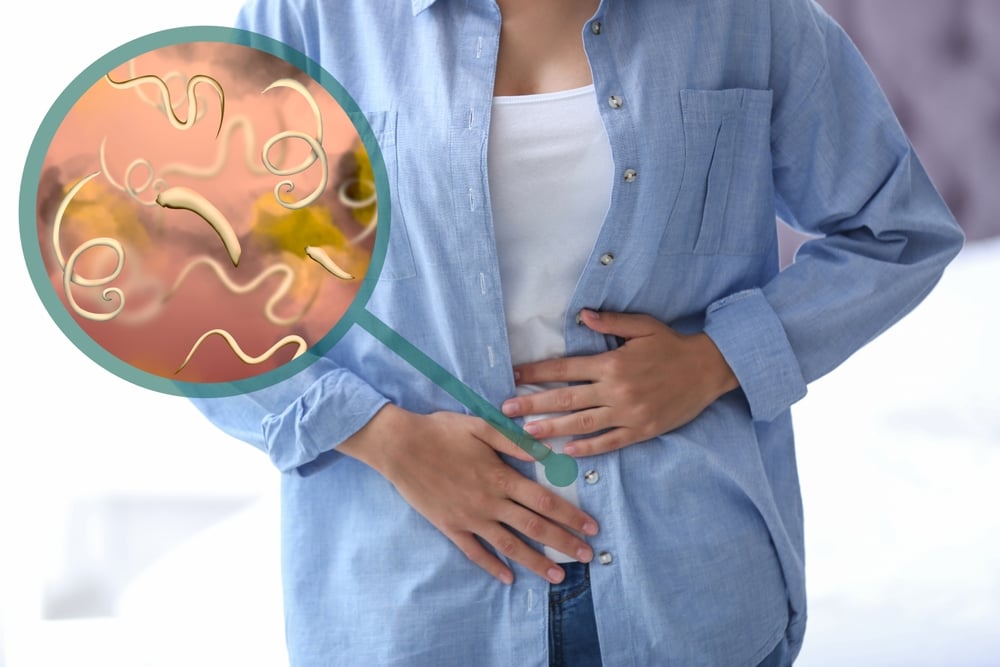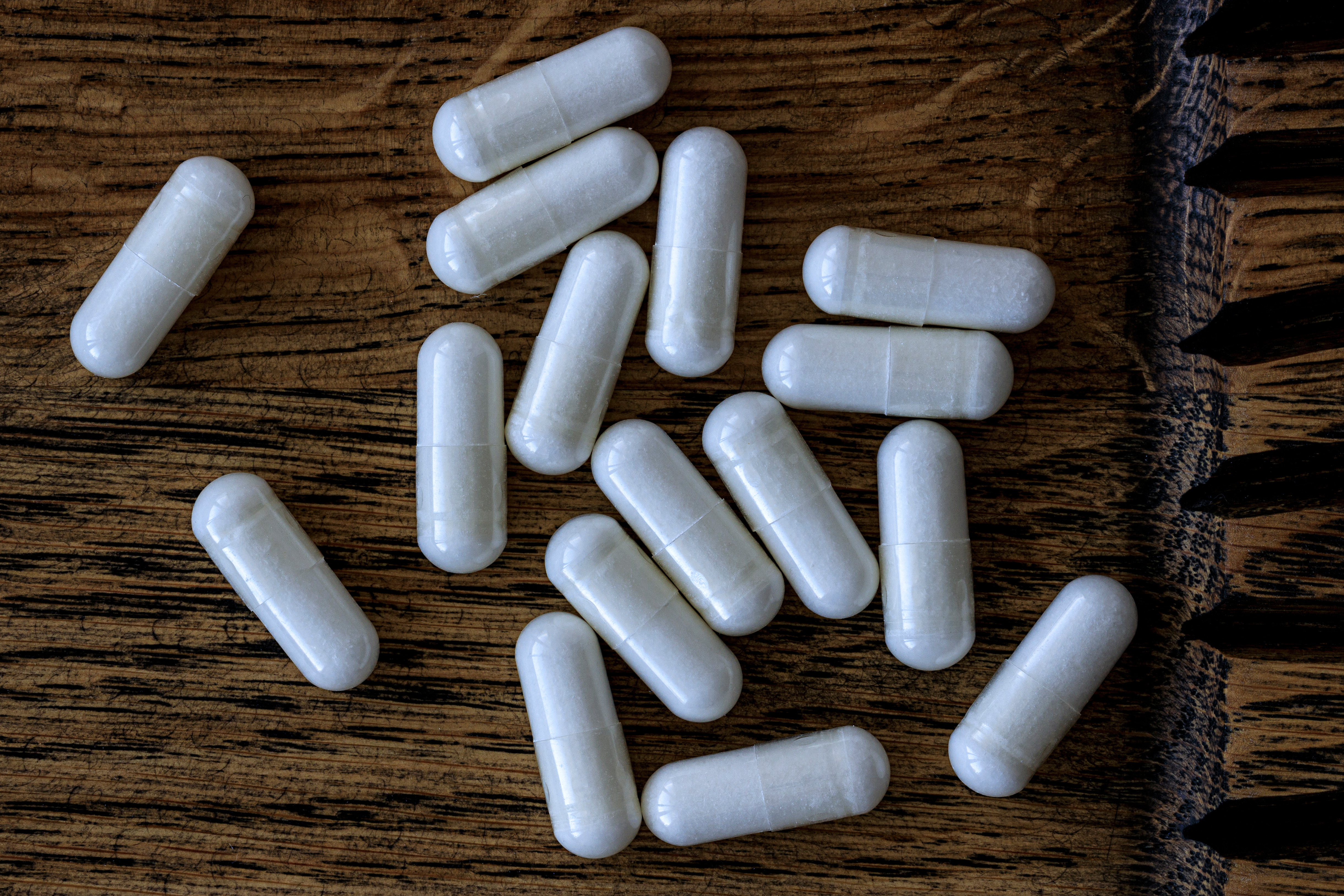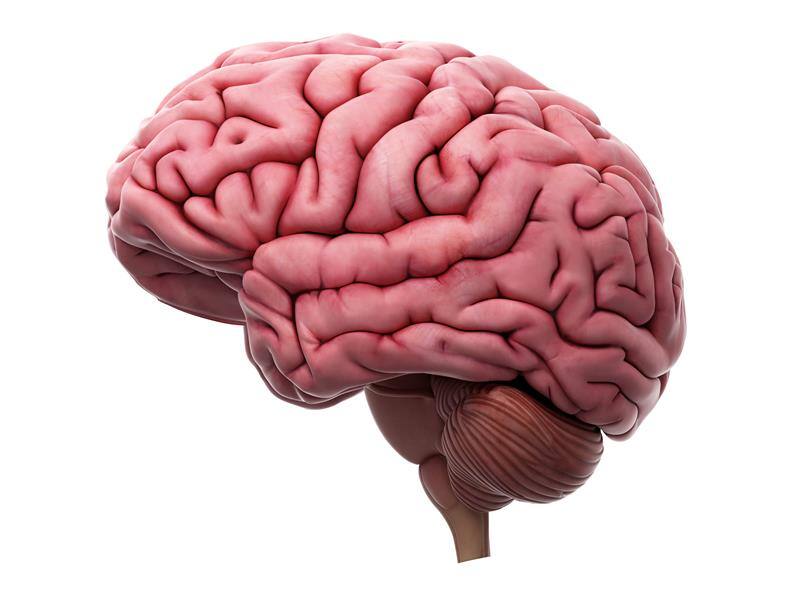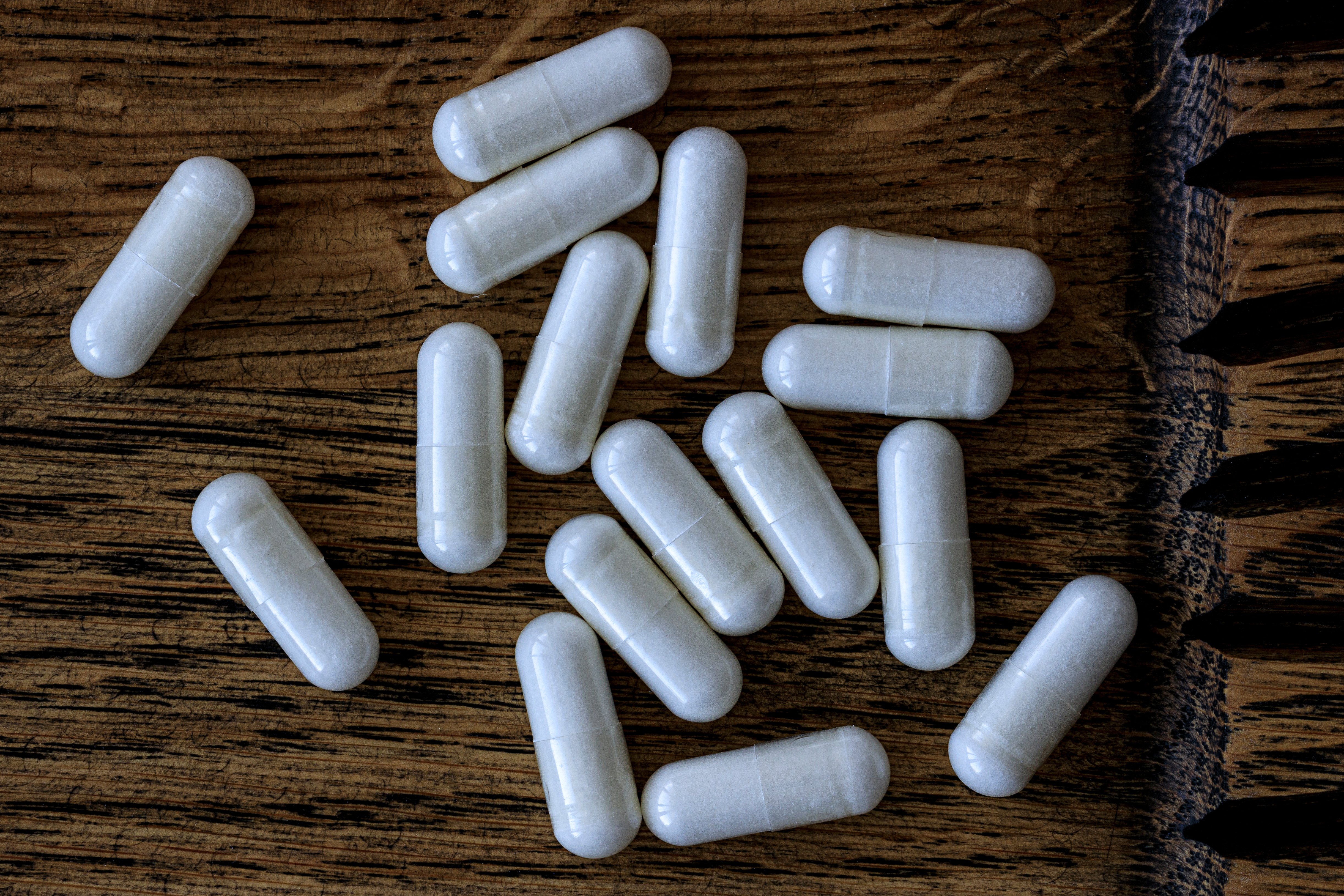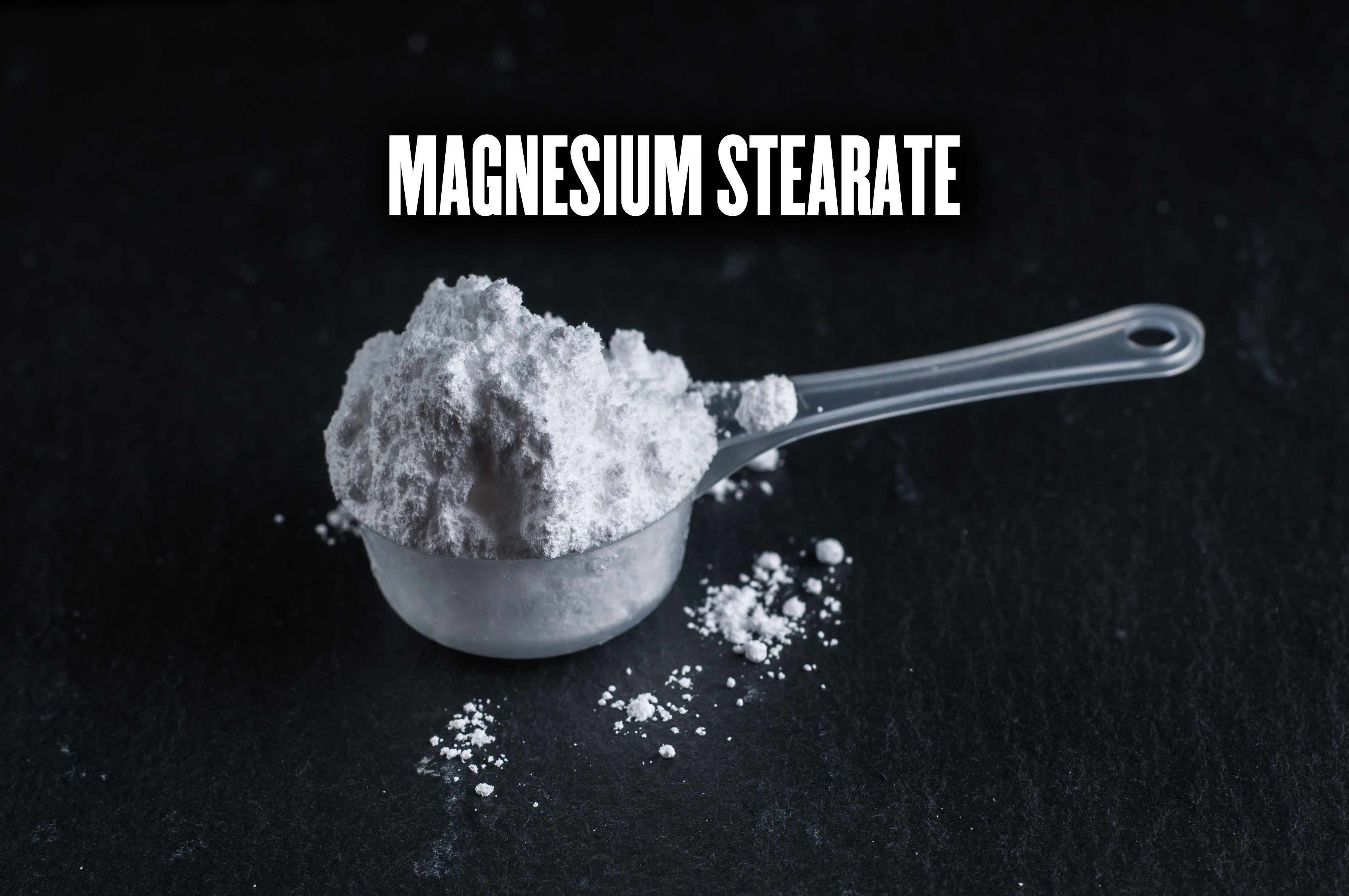Introduction
The vitamin and supplement industry can be really confusing, especially when it comes to knowing what to look for in a quality product. That’s exactly what this blog is about! I’ve got seven key tips to help you identify what makes a supplement truly high-quality.
Tip #1: Whole-food Supplements
Number one on my list is ensuring it's a whole-food supplement. Not all supplements are created equal. Unfortunately, many on the market are synthetically made—formulated in labs using chemical ingredients, often derived from the petrochemical industry. When selecting a supplement, make sure it’s labeled as a whole food supplement, sourced from nature. Many herbal medicines are also whole food-based, so that's another factor to look for.
Tip #2: Knowledgeable Formulator
Make sure the supplement is formulated by someone with real expertise. It’s not enough for them to have studied chemistry; they should also understand how whole food nutrients work and how they can positively impact your overall health.
Tip #3: No Fillers - Microcrystalline Cellulose
It’s essentially a white powder made from wood chips, and it's not something you should be ingesting in your supplements. Microcrystalline cellulose is often used to make capsules and hard tablets, but it dilutes the concentration of the nutrients. So, it’s definitely an ingredient you want to avoid in your supplements.
Tip #4: No Magnesium Stearate
Make sure your supplement doesn’t contain magnesium stearate. This is a flow agent used to speed up production by reducing stickiness in the tablets or capsules, which makes it easier for the machines. However, it’s not necessarily good for you. It’s never been tested for long-term safety in humans, and there are concerns about potential side effects, such as gastric reflux, heart palpitations, or nausea—especially if you're sensitive to it. Sometimes it’s labeled as vegetable stearic acid or vegetable magnesium stearate, which can make it seem natural, but it’s still the synthetic magnesium stearate.
Tip #5: No Chemicals or Metals
Make sure there are no added chemicals, such as titanium dioxide (which has been banned in Europe) or silicone dioxide. These are extra ingredients that may pose toxicity risks to your liver and kidneys. Always ensure that your high-quality supplement is free of these potentially harmful additives.
Tip #6: GMP Manufacturer
Make sure the label indicates that the supplement is manufactured in accordance with GMP (Good Manufacturing Practices). This ensures you're getting a product from a reputable company. This is extremely important in the supplement industry.
Tip #7: NPN Number in Canada
For Canadians, number seven on my list is the NPN (Natural Product Number). This number, found on the middle panel of the supplement, means the product has been registered with Health Canada, which has some of the highest standards for supplements worldwide. It ensures that what’s listed on the label is actually in the supplement.
If you want to learn more about toxic ingredients that could be in your supplements, I have another great video for you. Check out this video: 'Avoid These Seven Toxic Ingredients in Your Supplements'.
I’ll see you there!
